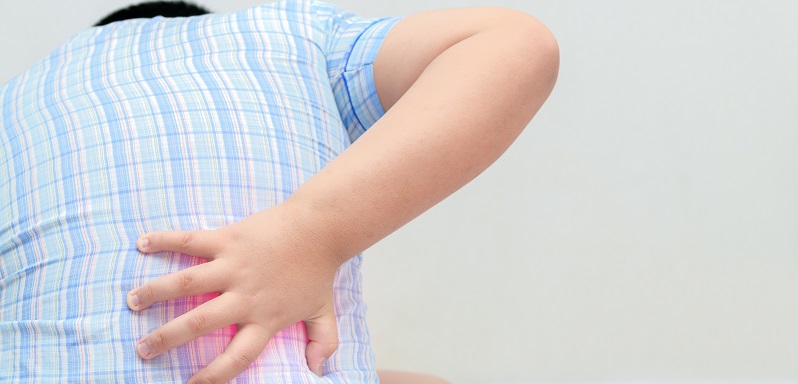Treating Juvenile Osteochondrosis Of The Spine
Category: Spine | Author: Stefano Sinicropi

Juvenile osteochondrosis, also referred to in a clinical setting as Calve disease or Scheuermann’s disease, is a developmental disorder that typically affects the growth of the thoracic spine, although it can also cause problems in the lumbar spine region. The condition results in the abnormal formation of the vertebral bodies, which can lead to curvature problems and other issues for your spine. Below, we take a closer look at the condition and how it is best treated.
Juvenile Osteochondrosis Development
In patients with juvenile osteochondrosis, the back side of the vertebral body grows normally while the front develops at a slower rate, leading to a wedge-shaped vertebral design. This abnormal growth tends to increase the bend in your upper back and lead to a visible hunched appearance when standing.
We know how it develops from a medical perspective, but we’re not as clear as to why it develops. The condition appears to have a familial tendency, and while there is no known direct cause, some other risk factors that could contribute to its onset include juvenile osteoporosis, spinal infections, endocrine disorders and biological factors like a shortened sternum.
Aside from a visible hunched appearance, kids and teens with the condition often report pain in their thoracic spine, inhibited spinal range of motion, and pain that worsens with activity or twisting movements.
Diagnosing and Treating Juvenile Osteochondrosis
One of the bright spots associated with juvenile osteochondrosis is that diagnosis is pretty straightforward. Even if the spinal bend is minimal or non-existent, if a juvenile is presenting with pain or discomfort in the region, a simple X-ray can spot the underdeveloped vertebrae. For even greater detail, an MRI may be ordered.
Treating the condition has two pain goals – to provide pain relief and to prevent further curvature of the spine. Some common treatment options to help achieve these goals include:
- Physical therapy
- Exercises to destress the area
- Anti-inflammatory medications
- Posture awareness and lifting/bending restrictions
If the condition is spotted early enough and they progress through conservative care rehabilitation, there is no reason that a patient can’t return to normal activities including sports, although some extra care may be needed for activities that require significant twisting and bending. Strength training to condition the spinal muscles and stabilize the spine can help you return to a normal, pain-free life even with underdeveloped vertebrae. You just might have to be a little more aware of working to maintain spinal flexibility and core strength.
In rare cases where the vertebral wedging is extreme, surgery may be necessary to stabilize the spine and to strengthen areas affected by kyphosis to prevent any additional curvature. The operation typically has great outcomes and can provide significant pain relief, but most patients do not need this type of intervention. Dr. Sinicropi and his team can help determine the best course of action if your child is facing juvenile osteochondrosis. Reach out to his office today for more information.